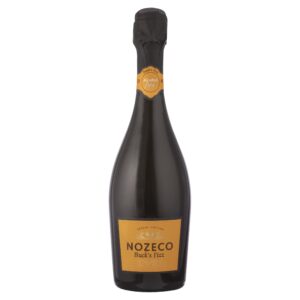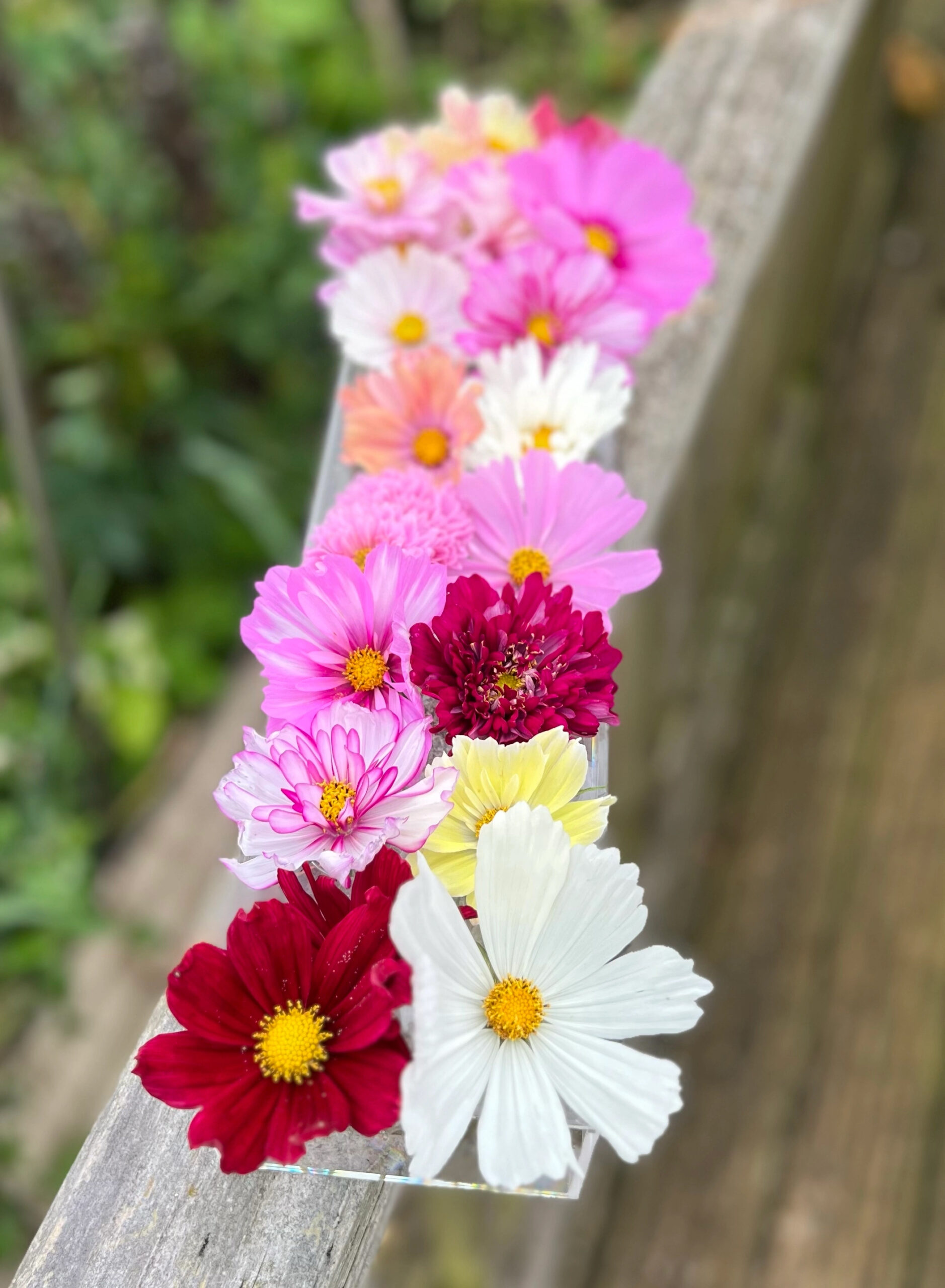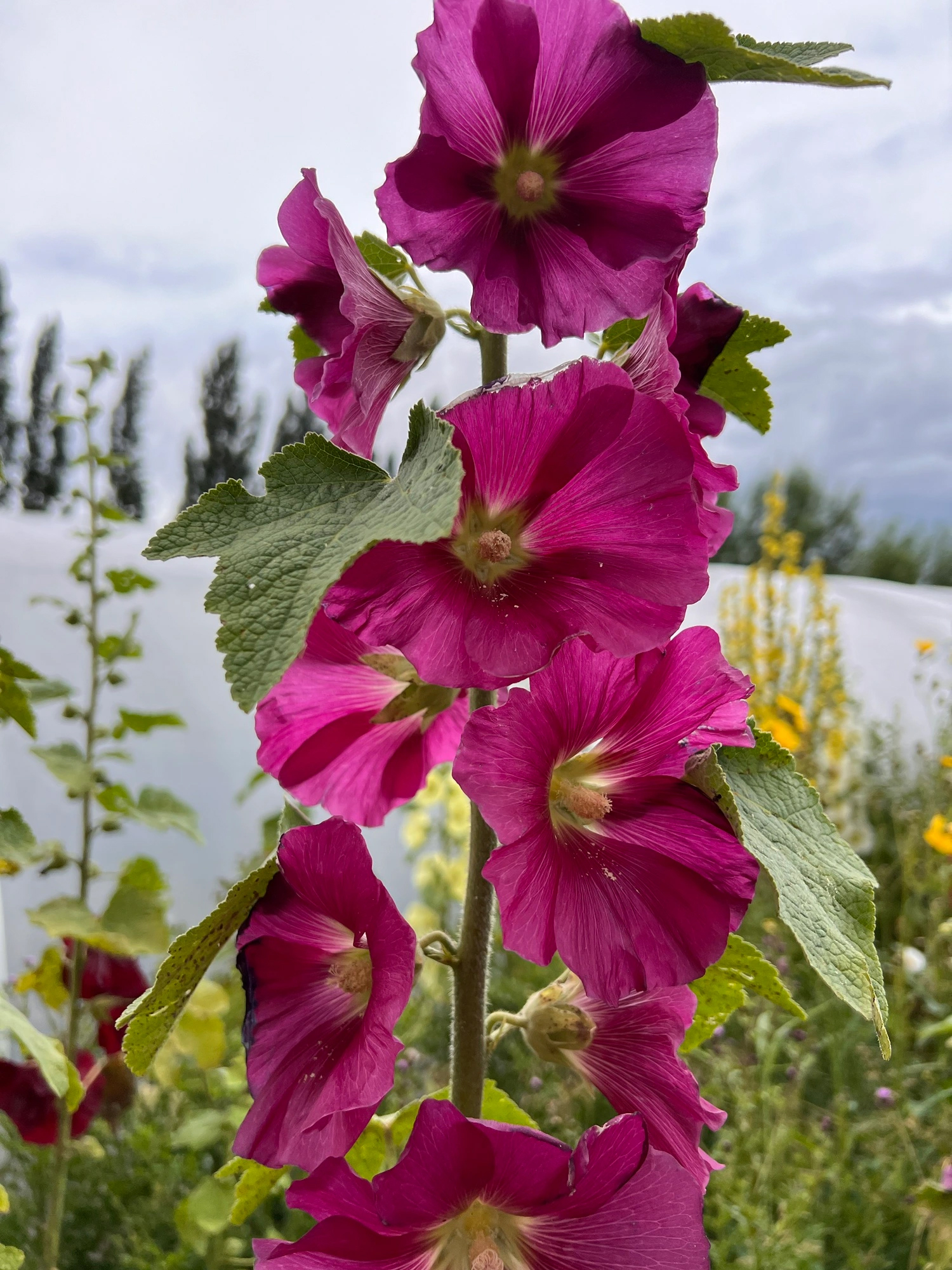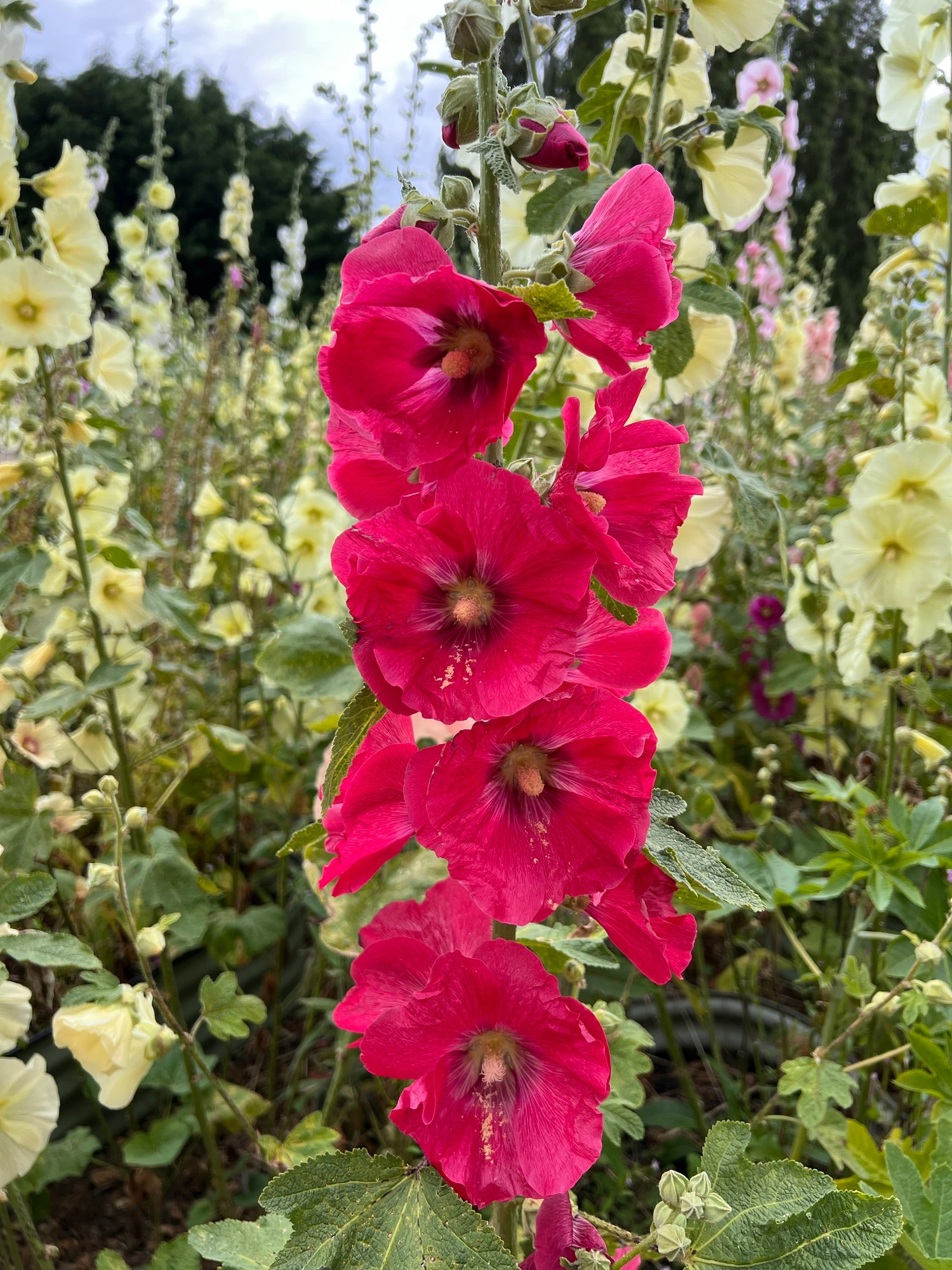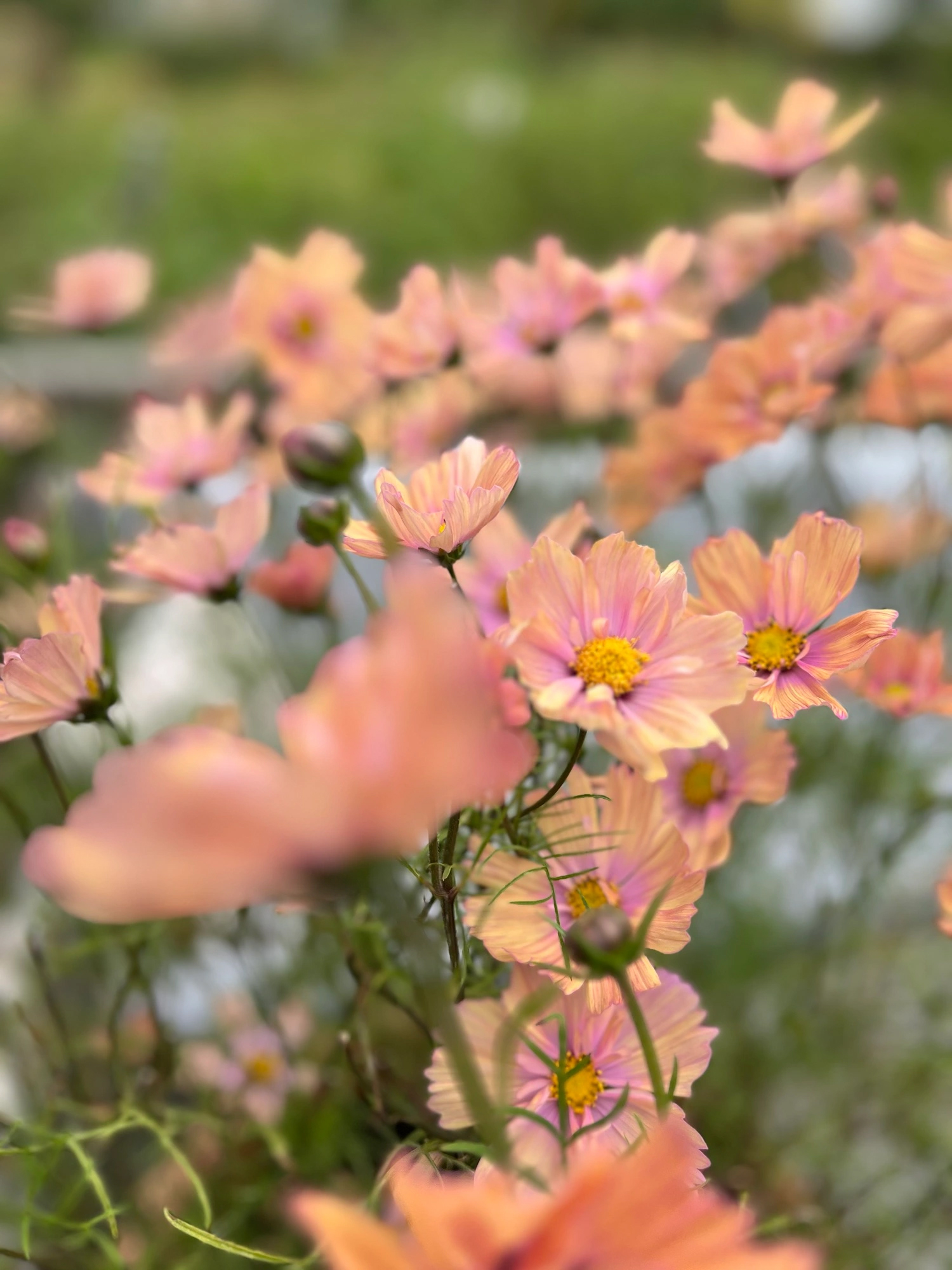
What do wallflowers ( Erysimum), Argyranthemum:, Caryopteris, blanket flowers ( Gaillardia90, LysimachiaOsteospermum: * Cape Daisy or African Daisy) ,Potentilla and Verbascum in common?
No one has a national collection of them.
Yet.
There are over 700 National Plant Collections in the UK, Ireland and Channel Islands. RHS gardens are custodians of odians of thirty-two including astilbe, heather, crocus, ivy, holly (Wisley), iris and nerine (Rosemoor), viburnum( Hyde Hall) and rhubarb and gooseberry (Bridgewater).
National Plant Collections are registered with Plant Heritage, formerly the National Council for the Conservation of Plants and Gardens (NCCPG). A National Plant Collection is a registered and documented collection of a group of plants. These can be linked botanically by plant group, or perhaps have a shared history or geography.
The latest collections include a Brugmansia (woody nightshade or “angel trumpets “collection in Devon, Barbara McPherson’s Gloucestershire-based snodrop collcetion, David Carver’s collection of rarely seen or heard of hyacinthella, related to the popular grape hyacinth , Sue and Richard Proctor’s miniature hostas, a collection of crab apples at The Newt in Somerset, and over 12,000 seasonal salvias from 200 different varieties in Norfolk.
Cosmos or Mexican aster, is native to Mexico, and loves the sun. It also seems to love Lincolnshire too.
“It wasn’t collected until the late 1700s and the flower made its way to England in 1789, thanks to the Marchioness of Bute, wife of the English ambassador to Spain,” says Jonathan Sheppard, a former corporate lobbyist/political adviser turned “A bit of a horticulturist”.
He is the holder of two Plant Heritage National Plant Collections – Alcea (hollyhocks) and Cosmos bipinnatus.
“Cosmos are prized for their abundant, daisy-like flowers and are simple and inexpensive to grow from seeds. Plant them in full sun, providing protection from strong winds for some of the taller cultivars. Cosmos tolerates a wide range of soil types, including poor soil. Plants need even moisture to get started, but mature cosmos can be quite drought tolerant; plants produce more and larger flowers, however, if they are watered regularly. Regular and methodical dead-heading prolongs the flowering season. They will happily self-seed if required.”
Cosmos bipinnatus is a tall, bushy annual growing up to 2.5m, with flowers up to 8cm across, usually white or pink the wide outer rays surround a central disc of tightly clustered, usually yellow, inner disc florets. They flower in late summer and into autumn, Many cultivars are available, including doubles and picotee colours. They can be grown in containers, or directly in flower beds. Seeds can be sowed at from February onwards, although a later sowing is adviosable.
According to Sheppard, the secret is not coddling your cosmos. “The amount of sunlight is one of the most influential factors for how well your cosmos flower. Too much nitrogen rich feed prevents flowering. Some neglect is no bad thing. Watering too often leads to fewer flowers. Cosmos thrive in conditions that are fairly harsh as it is adapted to sandy soils in arid climates.
“Cosmos can often flower best in late summer or autumn when as they tend to flower best when the day length is less the 12 hour. The longest day is 21st June, so cosmos start to develop flowers after this date as the days grow shorter.
Hollyhock may originate from ‘holy mallow’. An early name for the plant was Casulis Sancti Cuthberti or St Cuthbert’s cole.” Native to China and southern Europe, the plants was probably brought back from the Holy Land.
In Victorian times, the hollyhock symbolized both ambition and fertility.
As well as being manic self-seeders, hollyhocks are infamously prone to rust. If you are anti-fungicide and prefer to manage your althea organically, pick off affected leaves as soon as spotted. Ensure good air circulation around the plants and water the soil around the plant (not the plant itself) as the fungal spores can be spread by water splash.
A chive tonic made by decomposing chive leaves in water – makes an eco-friendly fungicide.
Also try and keep your hollyhock collection away from deers and typhoons!
Best varieties include Chaters Doubles, Chater’s White ( Sutton;s) , Queeny Purple, Black Knight. Nigra, Mars Magic, O’Hara, Halo Lavender, Crème de Cassis, Sunshine, the maroon The Watchman, Peachy Dream and Bananas.







